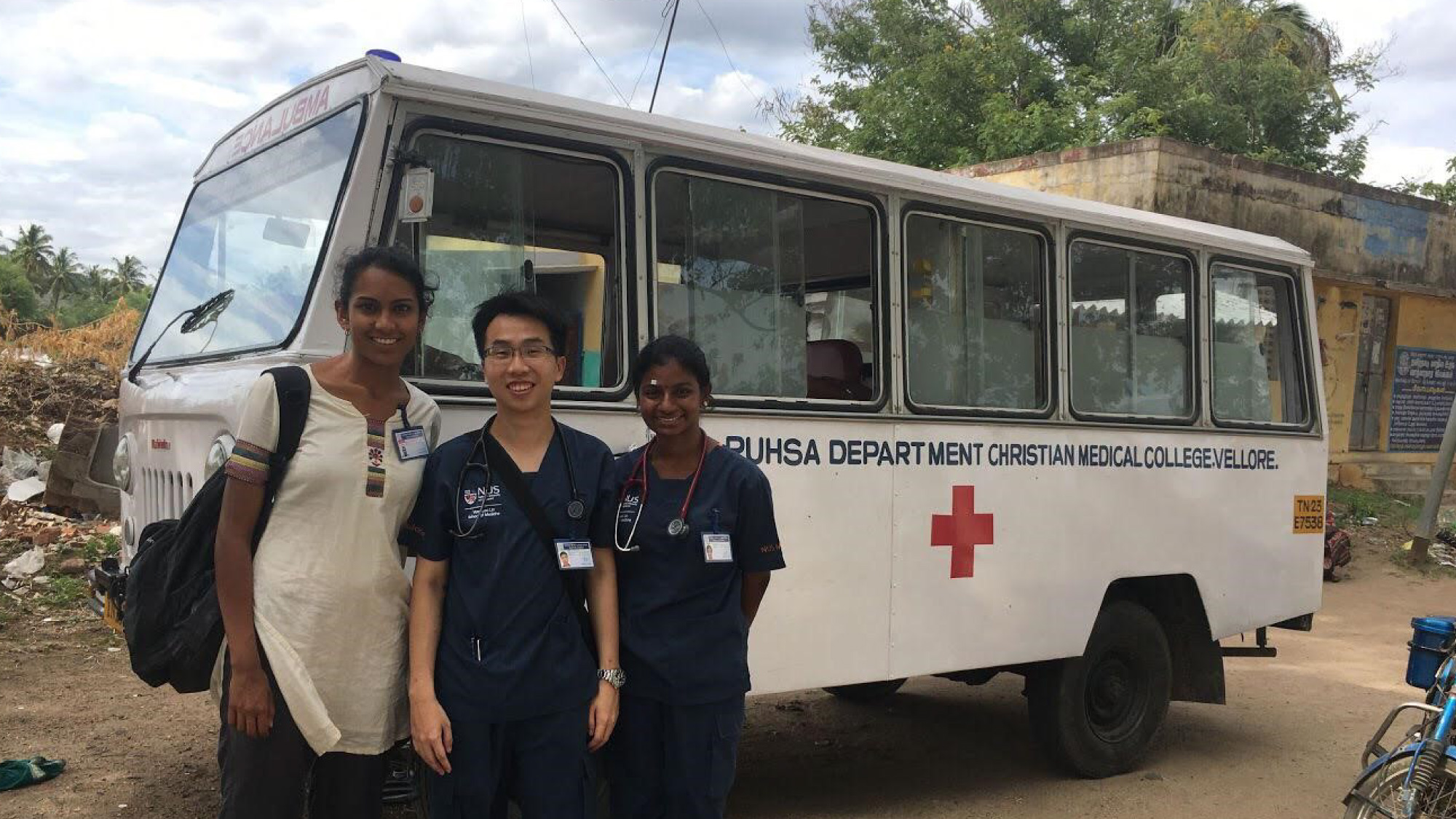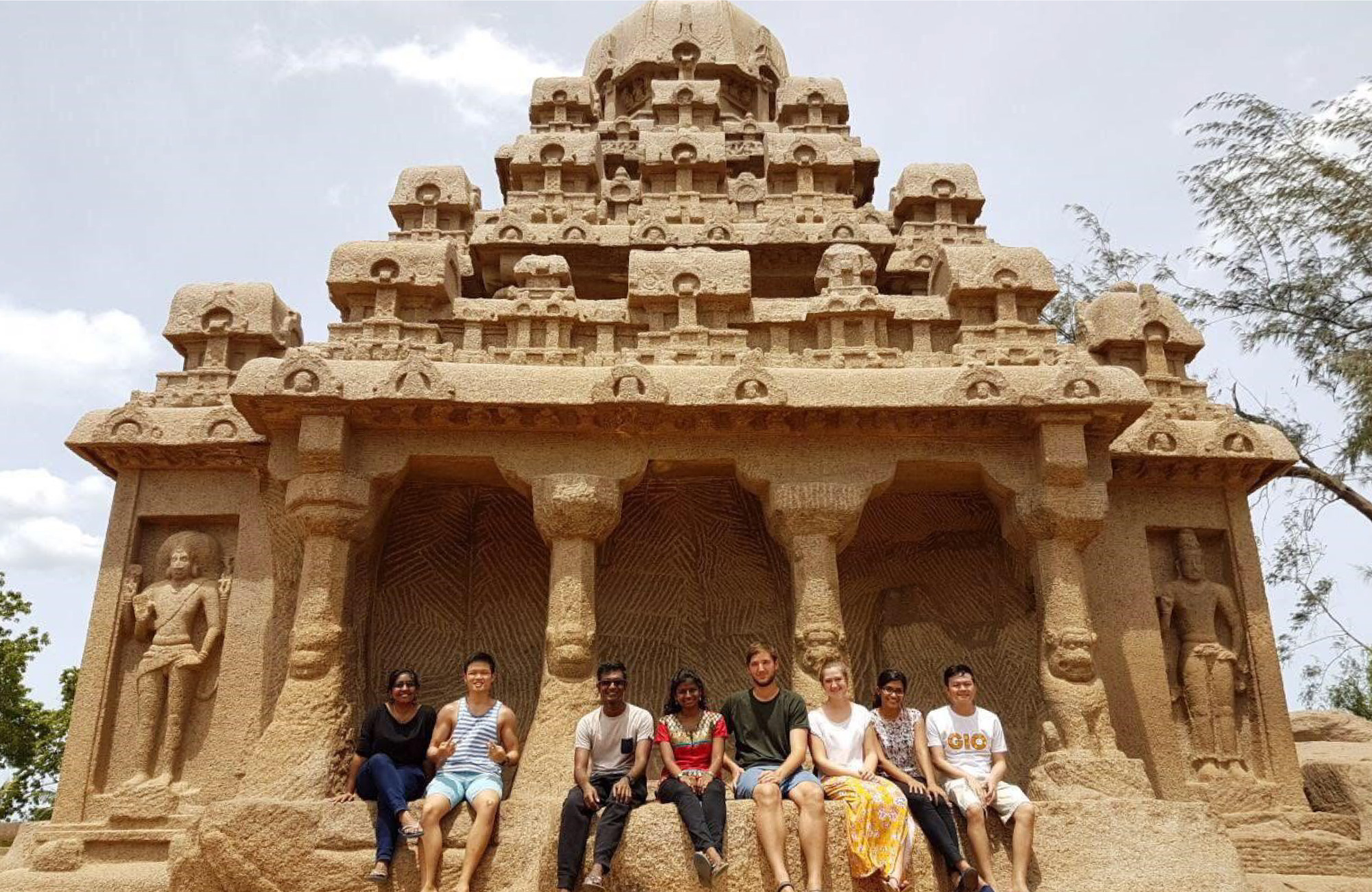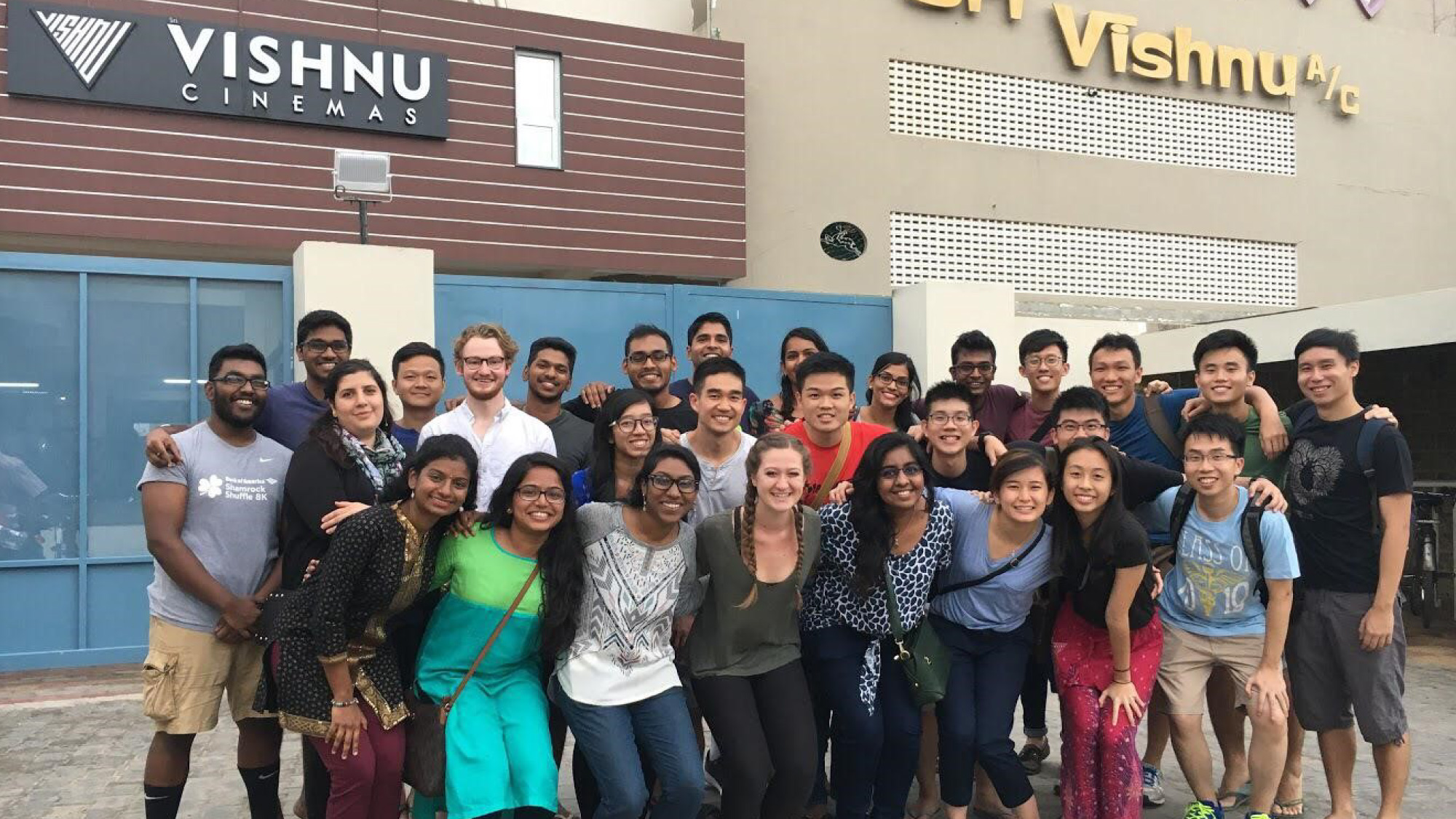A Passage to India
By Deepanraj
Phase IV Medicine Student
Why Christian Medical College?
In a chapter of his book titled ‘Better’, renowned surgeon and writer Atul Gawande recollects his time in a simple district hospital in India. He mentions how, being an ‘American-trained surgeon’, he started off expecting to teach a thing or two to the doctors there.
Dr Gawande had many reservations about the hospital, especially the fact that with just nine general surgeons, it served a population of around two million. Seeing the austere conditions of the hospital – hundreds of patients waiting in queues and a lack of critical supplies – the whole situation seemed yet more untenable through his First World eyes.
During his time there, however, he saw those very same doctors he had initially expected to teach besting their circumstances time and again. Examples include a surgeon who, in the span of three hours, saw 36 patients, diagnosing everything from incarcerated hernias to eroding breast cancer accurately and mostly on the spot, with minimal investigations. Another surgeon treated a child with hydrocephalus by using a makeshift tube costing US$30 to make a ventriculo-peritoneal shunt. By using astute clinical acumen garnered over seeing tens of thousands of patients and innovative solutions born of necessity, these doctors were able to deliver effective, efficient and economical care to their patients, he concluded.
The indomitable spirit and ingenuity of the doctors reflected in Dr Gawande’s account truly intrigued my friends and I. We wanted to put ourselves in the midst of such a milieu, where we could learn from these seasoned clinicians. And hence, our decision to head to Christian Medical College in Vellore was formed.
Before school
My friends, Andrea, Hongyun, Nicholas and I packed our bags and reached Chennai, the capital of the state, the weekend before our elective period was due to start. We stayed at a friend’s house and went sightseeing at some truly interesting locations. First stop was Marina beach, the second longest beach in the world. Sun and sea aside, the minor attractions on the beach itself were entertainment enough. We tried our hands at the different funfair games, roadside delicacies and even astrology, getting a parrot to pick up cards presumably showing our future. We also caught a movie and enjoyed a proper South Indian ‘thaali’ meal with rice and an assortment of curries and sides. A museum visit and a few sumptuous meals later, it was time to head to Vellore, a two to three-hour ride from Chennai.
At school
There are two main hostels available for students, Modale and Community Health Training Centre (CHTC). Both were quite suitable for Singaporean students with all essential amenities. Each morning, most of us elective students had breakfast at the charming college canteen with Indian mainstays like ‘dosa’ and ‘idly’ and washed it down with filtered coffee.
After that, we took a chartered bus to the hospital, a good twenty minutes away from the hostels. The hospital itself has several specialties and the 40 or so NUS students at CMC were distributed across multiple departments based on our choice and availability. I, being interested in Paediatrics, embedded myself in that department for the next week or so. A good number were attached to the surgery, rheumatology, cardiology and pulmonology departments.

NUS students with another elective student at RUHSA, a rural medicine initiative
First on the schedule each day was morning rounds. During my time in the paediatric wards, I observed the care and management of both cardinal paediatric conditions such as bronchiolitis and gastroenteritis and things seen much more rarely in Singapore, such as congenital heart defects and malnourishment.
In the afternoon, we usually went for clinics with our team doctors. As CMC is a tertiary referral centre for hospitals across India, we saw dozens of patients presenting with conditions which would otherwise be rarely seen in the wards, like celiac disease and cystic fibrosis. The doctors had very limited time with each patient (about six to eight minutes each) and still, they would build rapport by conversing with them while examining fluidly and purposefully. They also translated for us and highlighted pertinent signs. One other thing we learnt from the doctors was the way they would take into consideration the patient’s economic profile and order investigations judiciously.
Back in the wards in the evenings, we students spent a good amount of time talking to the patients ourselves too. Although there was a language barrier initially, we were somehow able to come through with a combination of smiles, sign language and help from the nearby staff. Learning to overcome obstacles was part of our education each day.
Each of the patients had a story to tell, and these interactions elevated our elective from being a mere observation of various assortments of human maladies to something that offered all-rounded development for us. One example is the conversation we had with the mother of a child with HIV. We felt her pain, as she recounted shuttling between home and hospital whenever her child fell ill. The intricate social dynamics involved in her schooling and the protection of her peers were some other insights she offered which allowed us to view the world through the patient’s eyes.

A crowded paediatric clinic with patient, family, the registrar and house officer as well as our NUS medical student.

NUS students with friends from other universities at Mahabalipuram, an UNESCO World Heritage Sight
Lastly, I also got to experience a change from the aseptic hospital environment as I took part in the week-long rural health programme that CMC offered. In the villages on the peripheries of Vellore, the doctors exemplified resourcefulness, for instance teaching a post-stroke patient to perform his physiotherapy regimen with just furniture and other household items. Another intriguing move was the utilisation of all-women teams to go door-to-door and engage women on menstrual health and sanitation. This, I realised, was in keeping with the conservative values of the people in the region. By adapting to that, the doctors were able to reach more women. All these valuable takeaways will guide how we treat our future patients, caringly and wisely.
After school
Every evening, my friends and I would then take a ride on the ubiquitous auto-rickshaws to the city center. Truth be told, what Vellore lacks in terms of the glitz and glamor of the big metropolises, it makes up for with its rich cuisine. Our favourite gastronomic haunts were Darling, Vellore Kitchen and Namma Veedu. Though they specialised in South Indian cuisine, they offered a veritable feast in terms of North Indian, Chinese and Western cuisines as well. Darling went a step further with its rooftop restaurant providing a panoramic view of the whole of Vellore to go with the dishes. Another thing to note is that Vellore is right smack in the ‘biriyani belt’ of Tamil Nadu and offers some of the most authentic biriyani around. The food was truly great to the extent that it would not be an exaggeration to say I came back with my clothes feeling significantly tighter.
After dinner, we would usually return to our respective hostels, only to come back down for sports and games. One can easily find people on campus playing basketball, tennis or cricket and join them. There were medical and allied health students of various nationalities who were on exchange to CMC as well and we got to know them over time as they joined us in our games. Later in the evening, we would meet in one of our rooms each day to play card games, watch movies and chat.
There were also two other local attractions that were truly delightful. One is the College Hill, which offers a challenging 30-minute climb but a truly breathtaking view at the peak.Students thinking of climbing it must however take care to start way before dusk as it can be slightly dangerous to descend in pitch black darkness. The other attraction was one that we stumbled upon. On our last week there, I opted to join the CMC fifth year medical students for their surgery rotation and the guys brought us to their boys’ hostel on one of the evenings. Lo and behold, the garden inside the hostel, named the Garden of Eden, offered one of the best sights of the trip.
All these aside, the weekends were the time when we truly hit the road and had fun. Major cities like Bangalore and Chennai were just a couple of hours away and provided a quick getaway (and a vibrant night life). We also went on tours to Pondicherry with its quaint roadside cafes and charming beaches. Mahabulipuram and Dakshina Chitra were nearby as well, the former being an UNESCO world heritage site and the other offering microcosms of the five distinct cultures of South India.
Big picture takeaways
The elective to CMC Vellore was packed with learning and fun. Learning came in many forms, in terms of exposure to a wide range of conditions, direct interaction with veteran clinicians who taught us the nuances of making a clinical diagnosis, as well as providing low cost effective care, quite akin to Dr Gawande’s experience. Beyond our teachers, we learned from the patients as well. Although some of their situations were disheartening, they served to remind us of the sobering reality that there is yet a lot to be done to alleviate suffering and improve health. Not only did the experience make us better students, it also paved the way for us to be better doctors in future.

Students from all the countries after catching a movie in town
